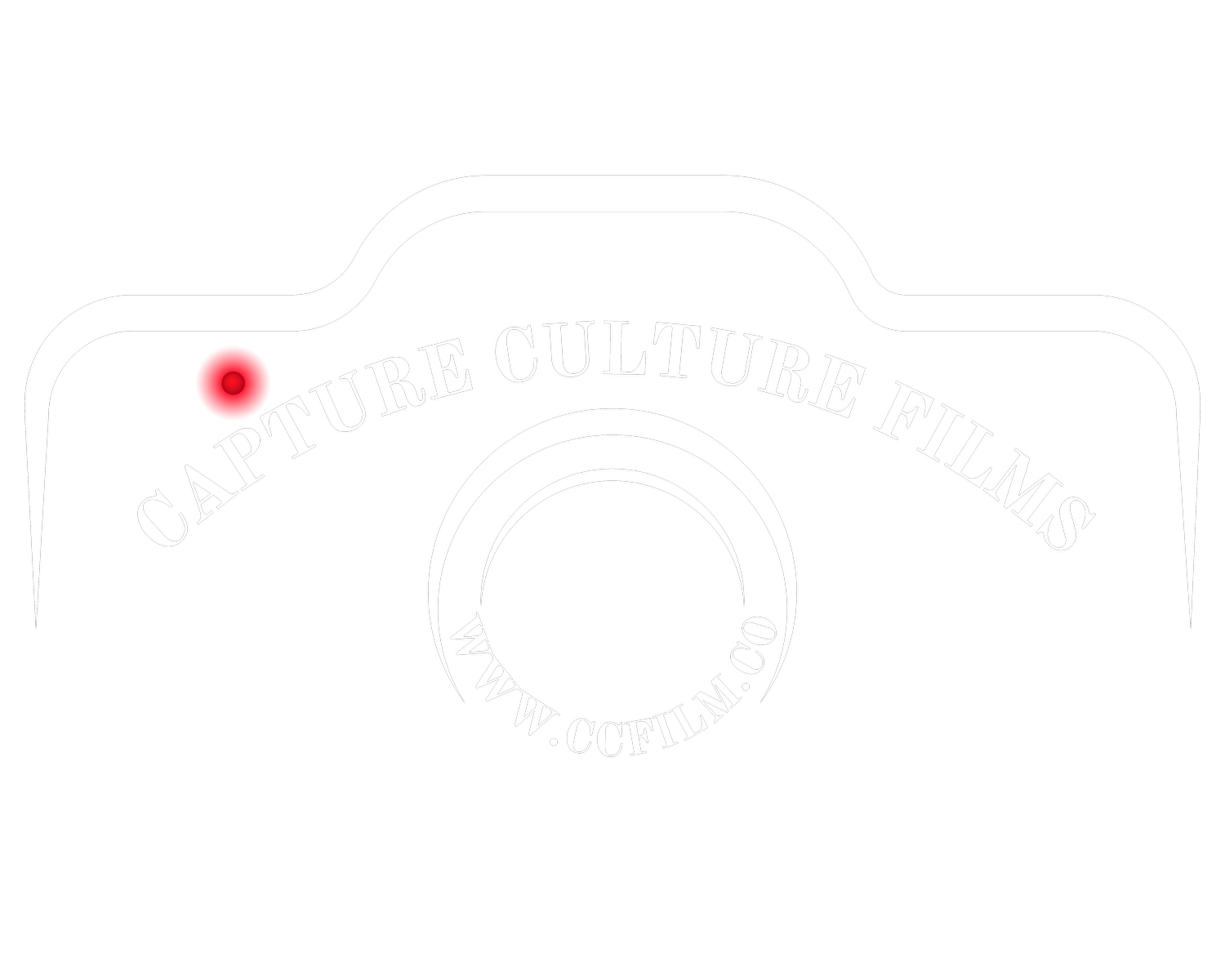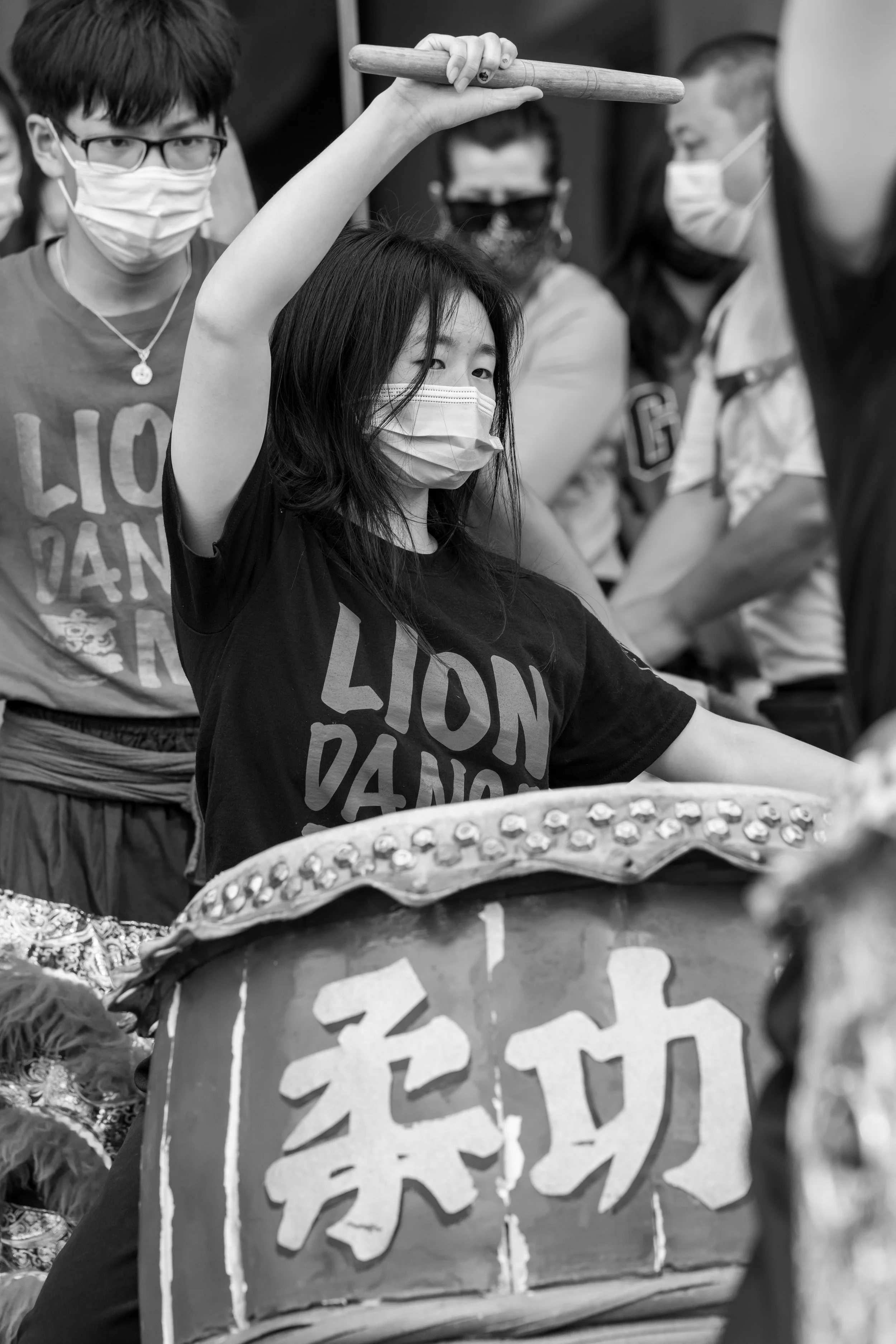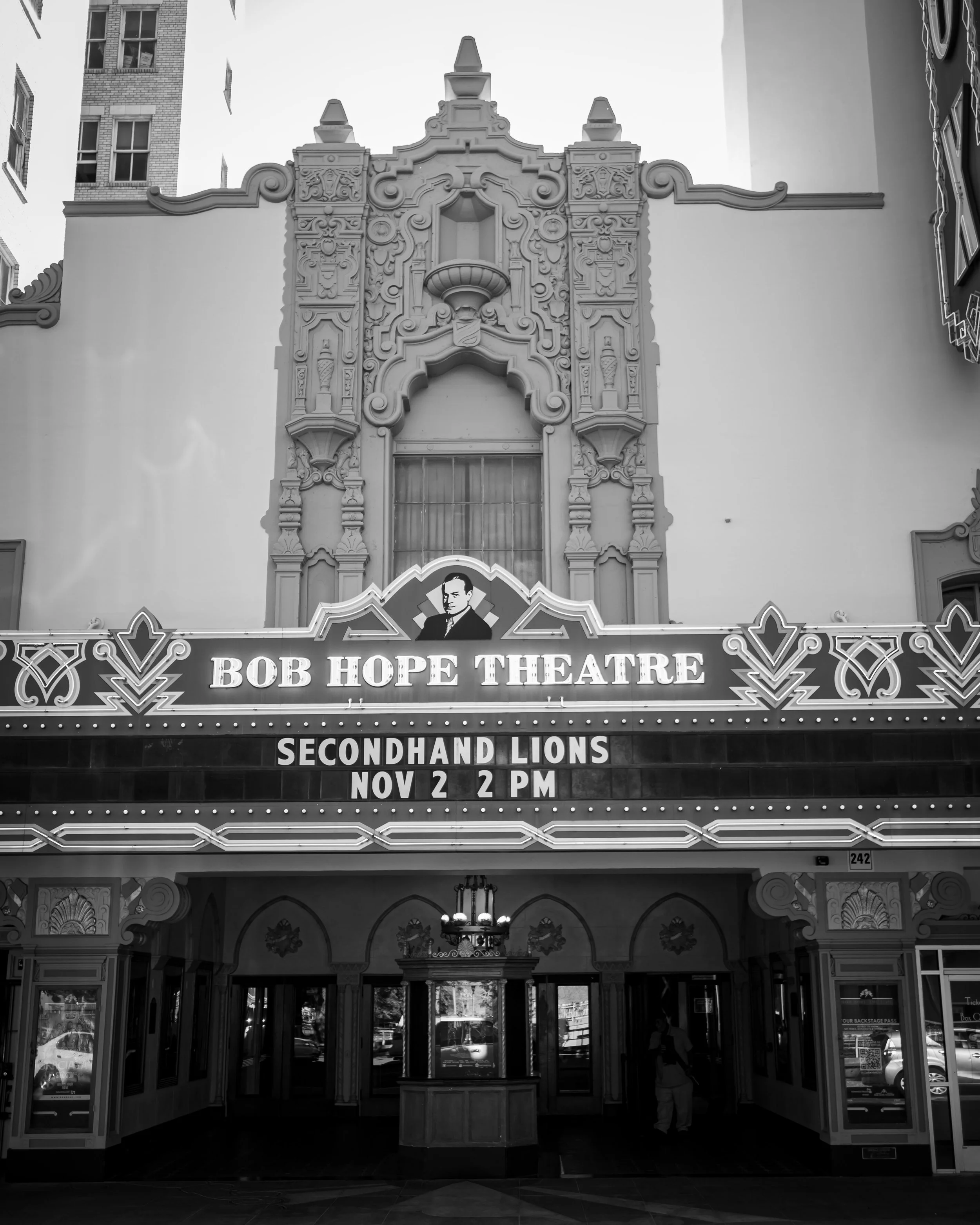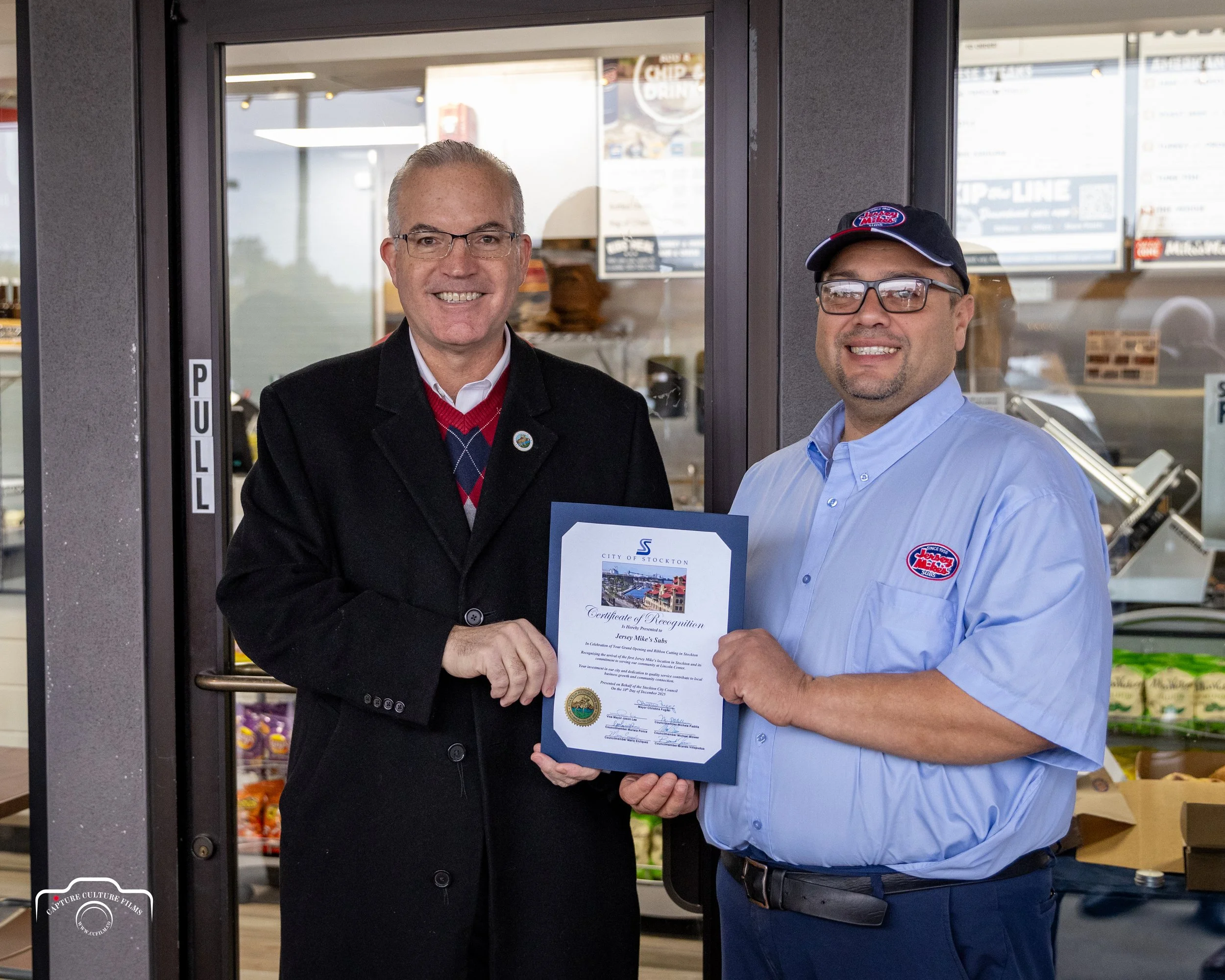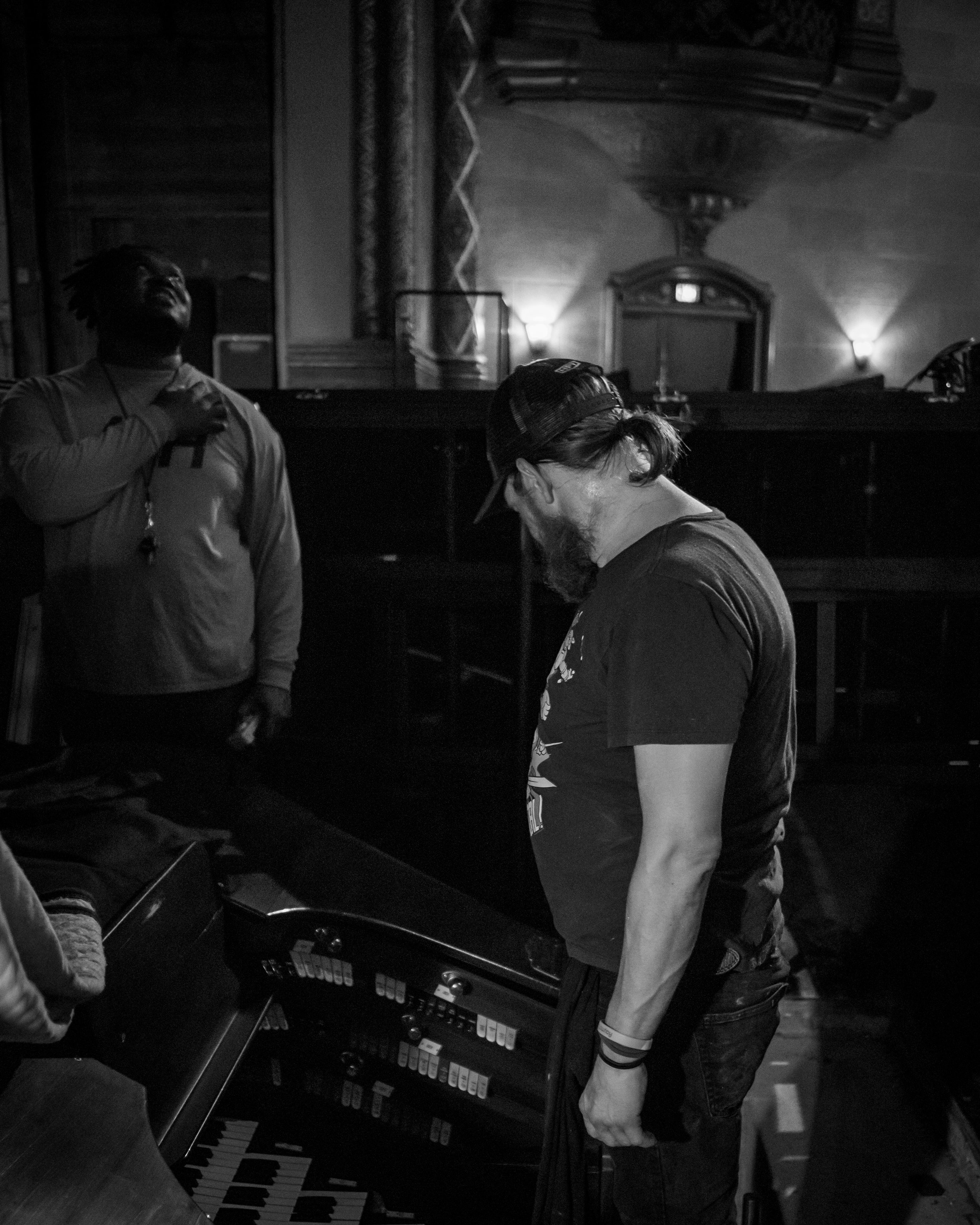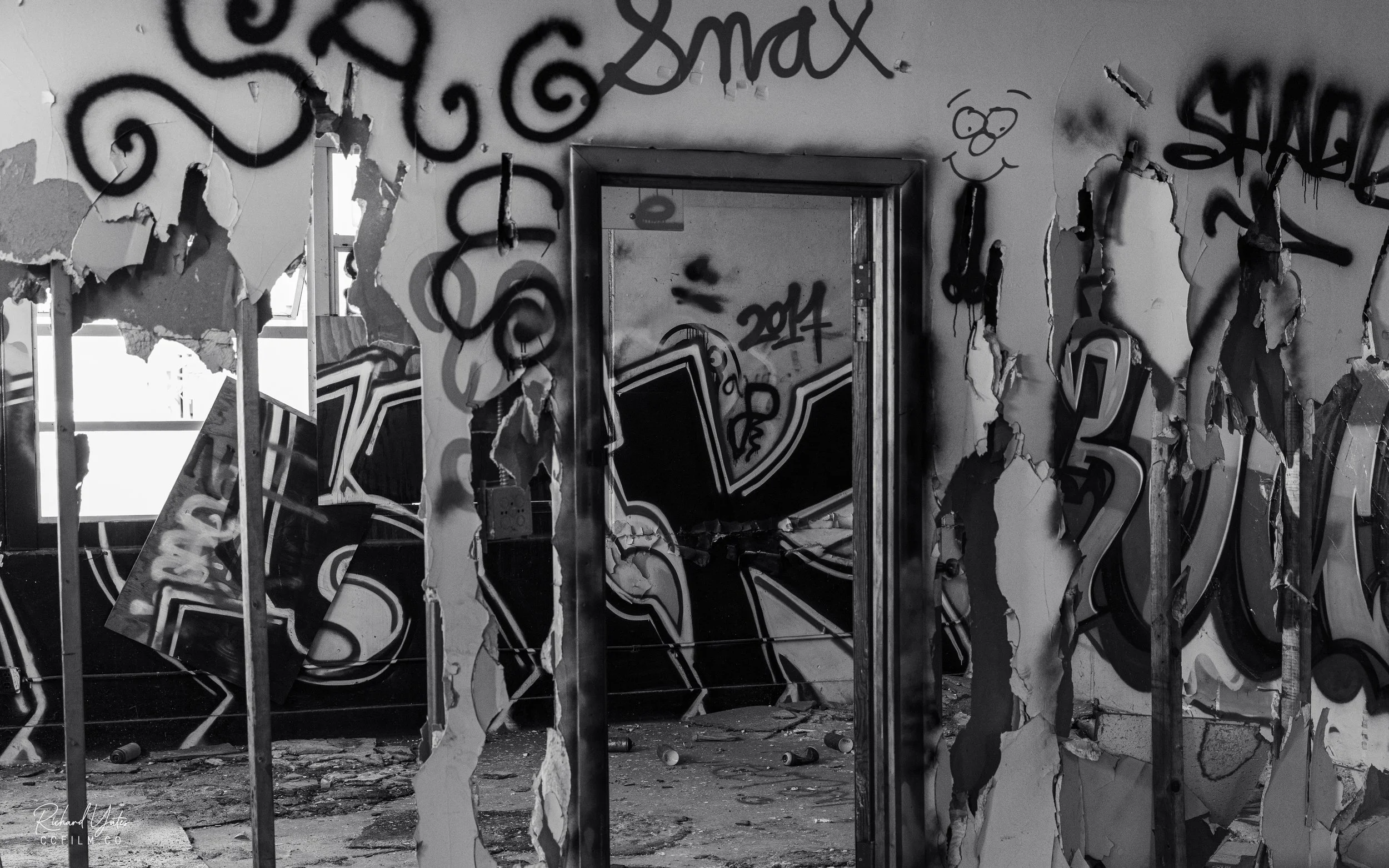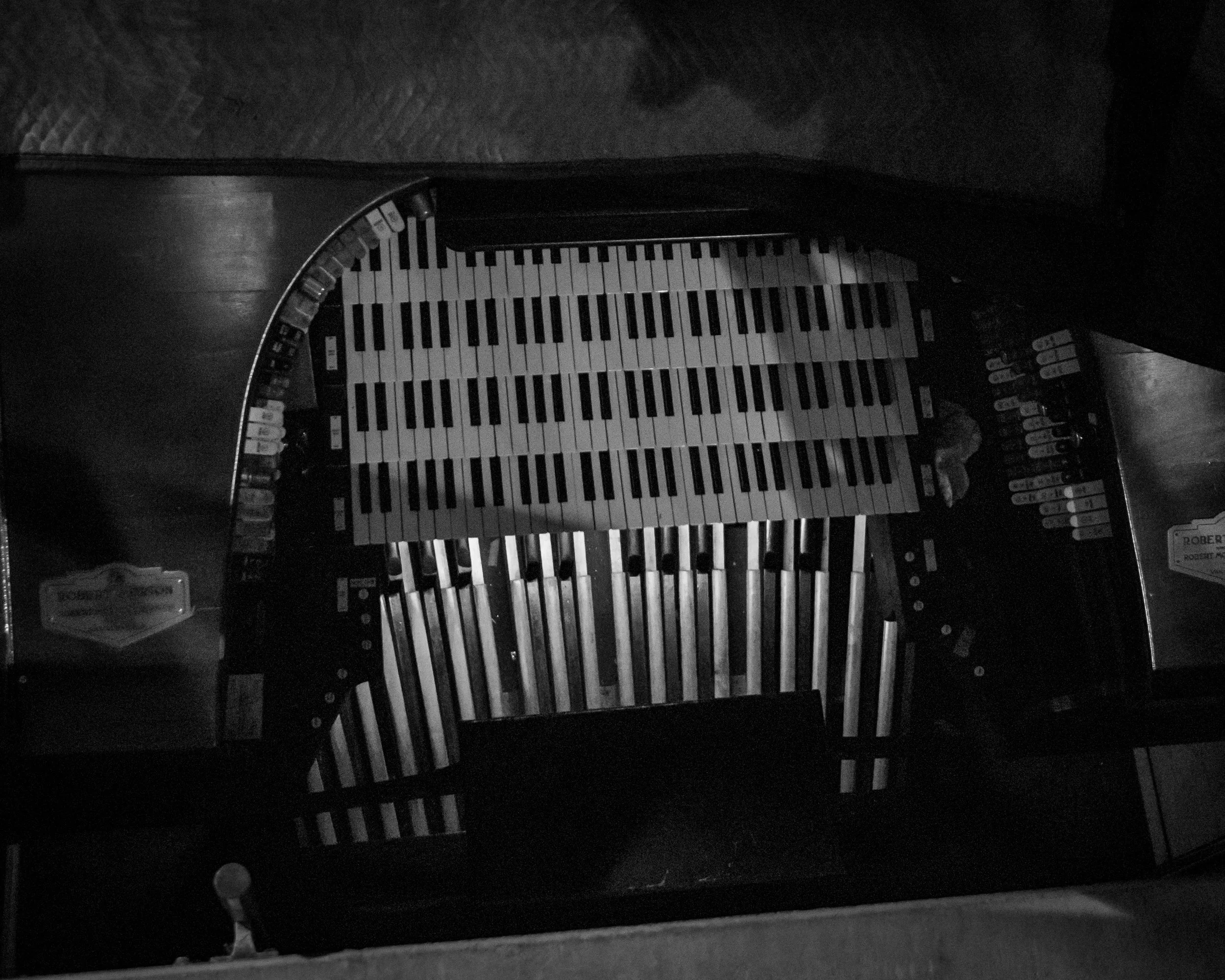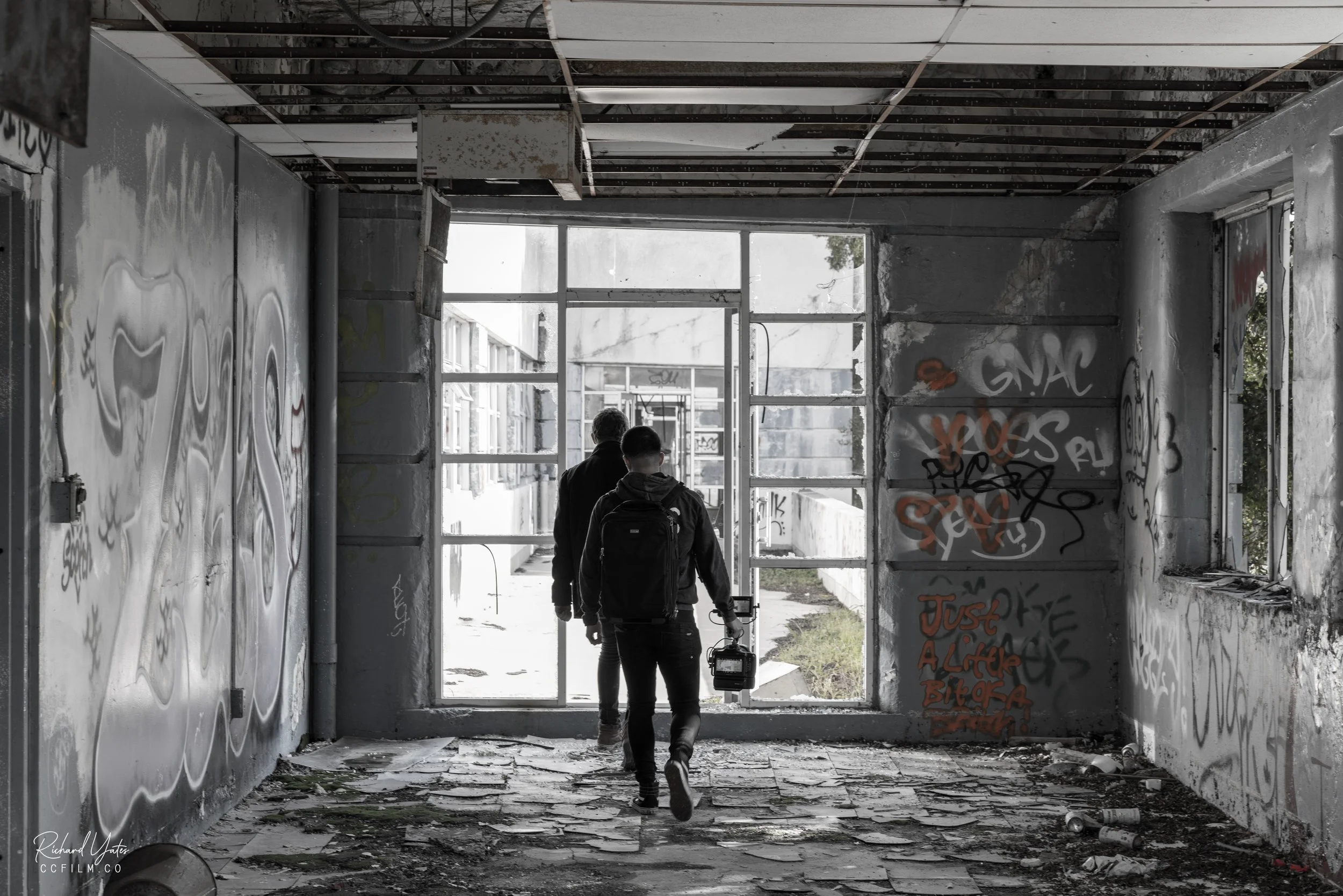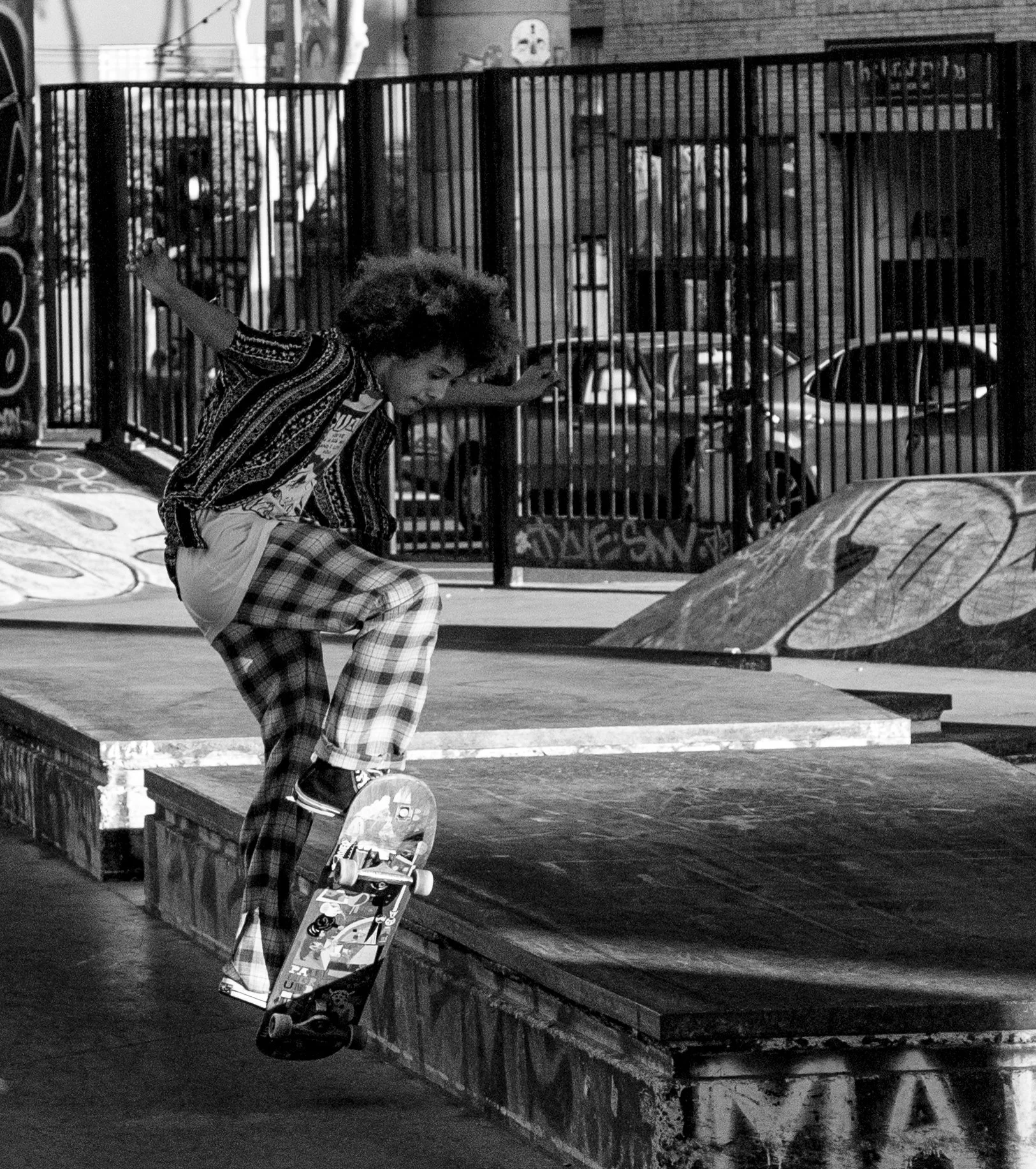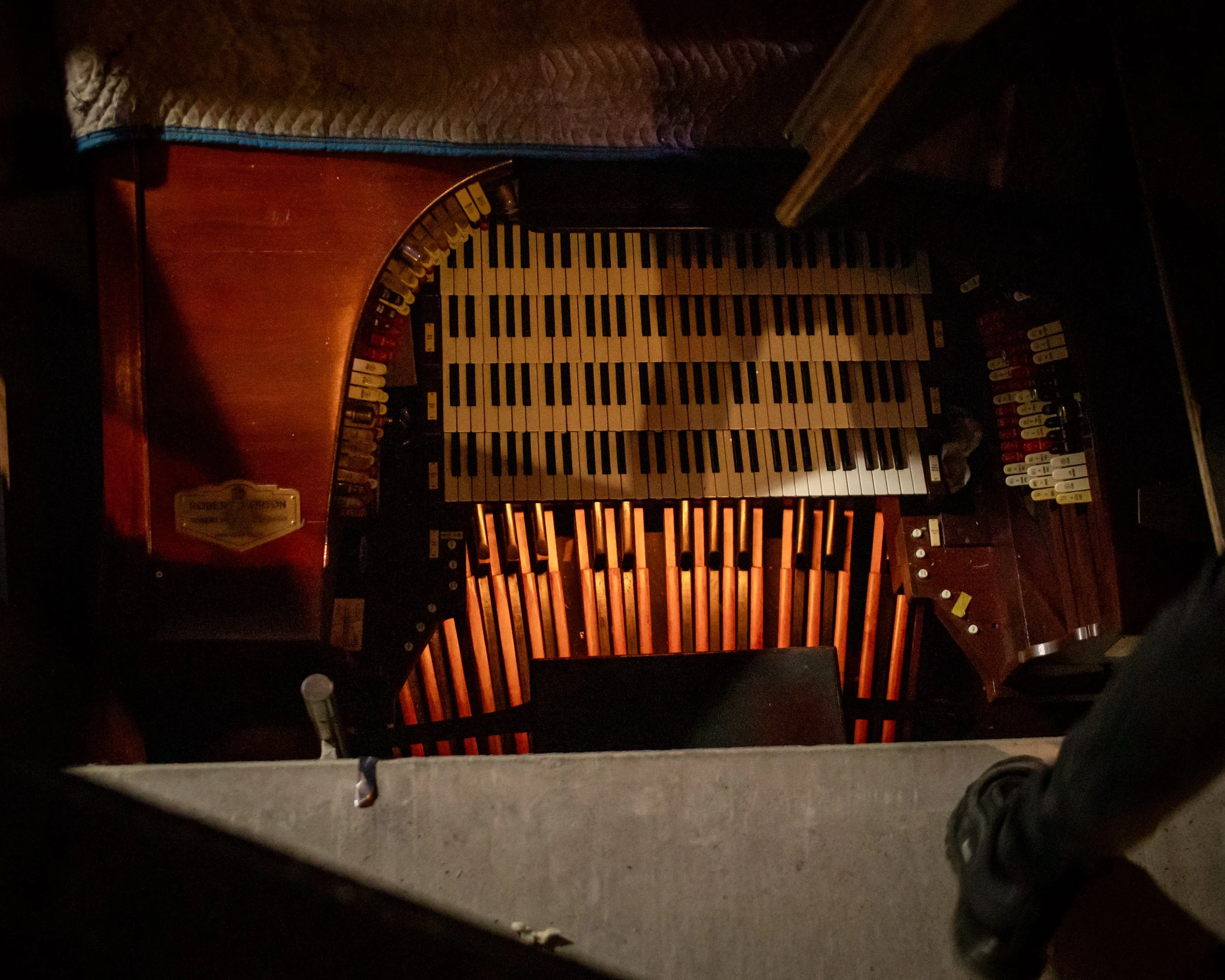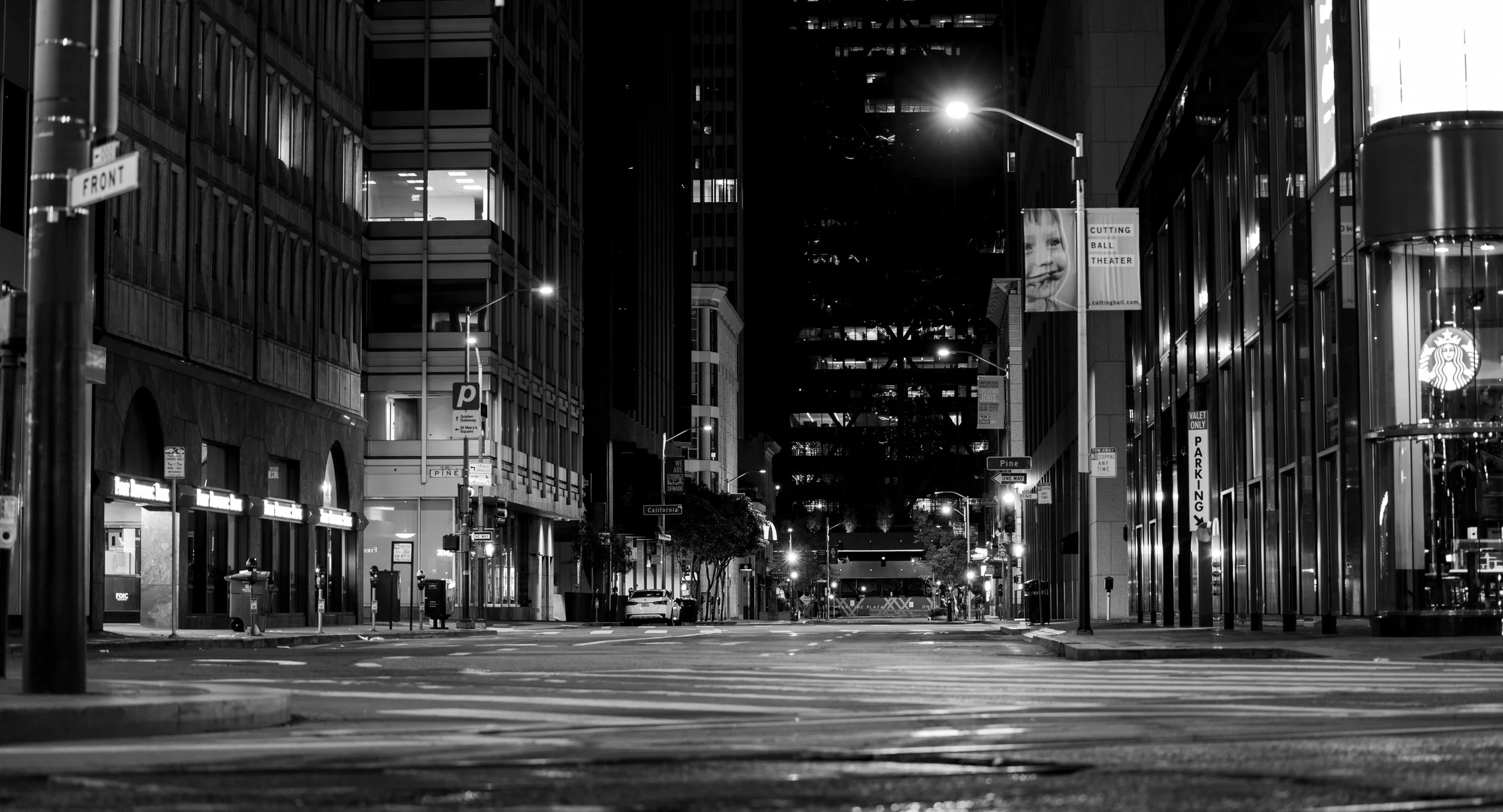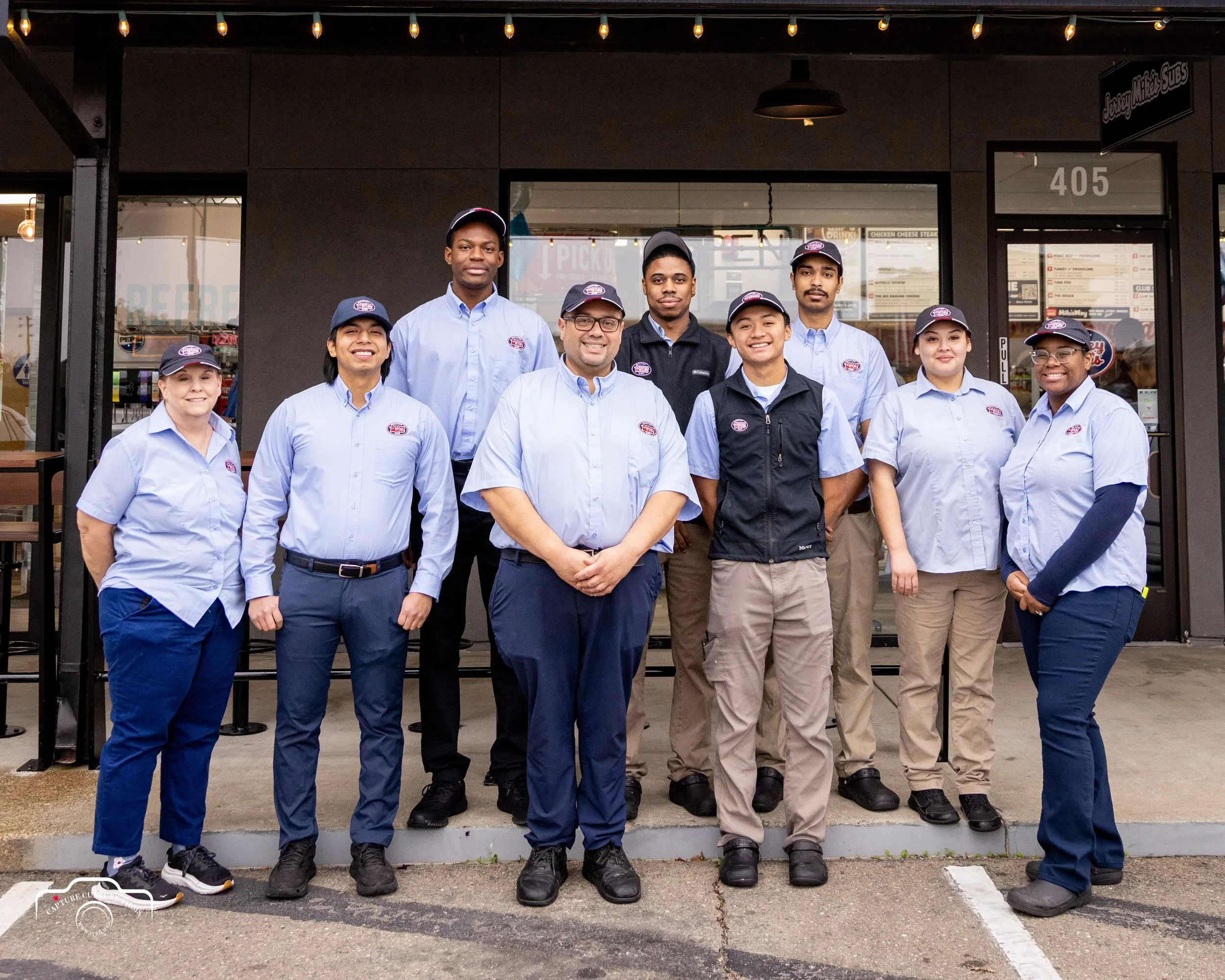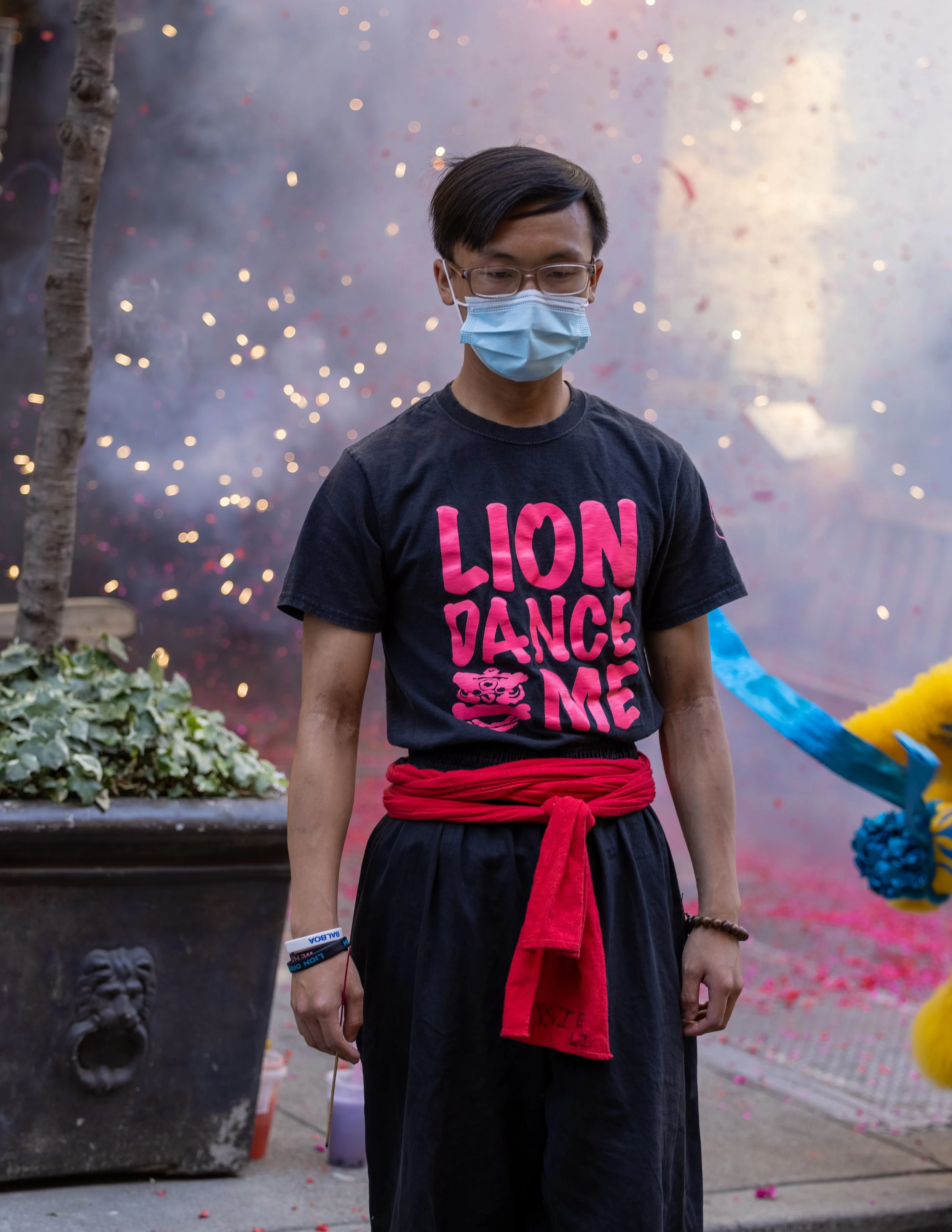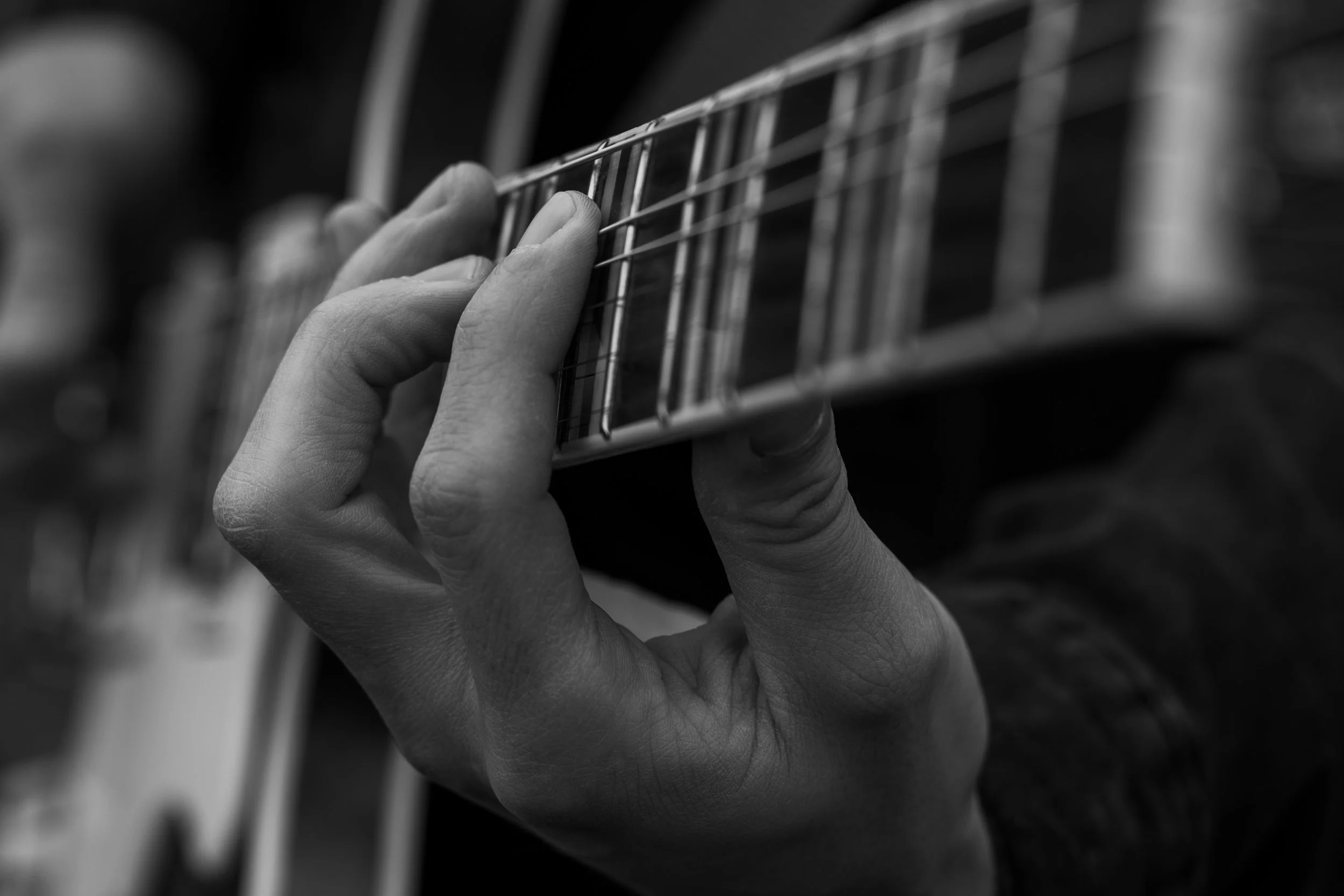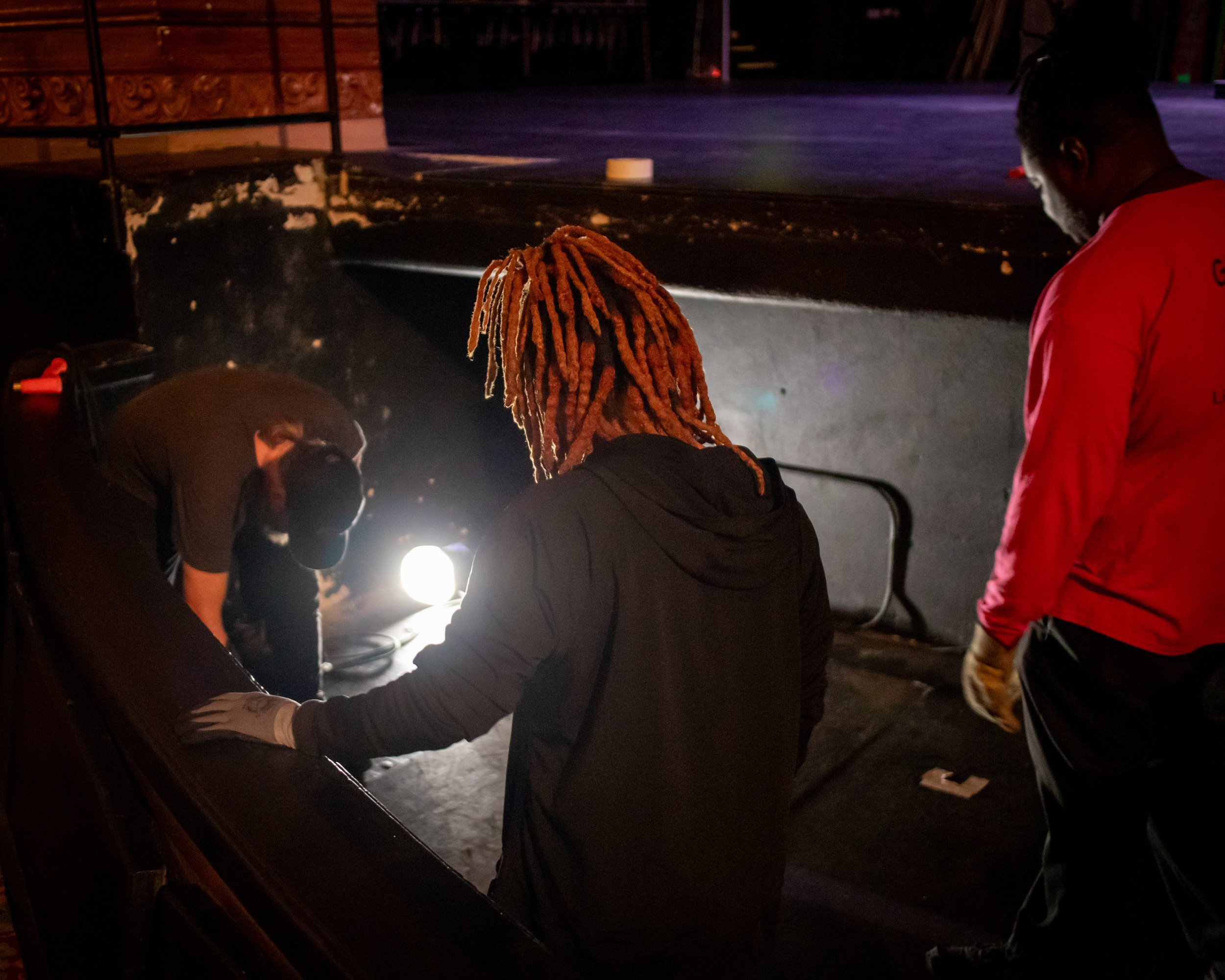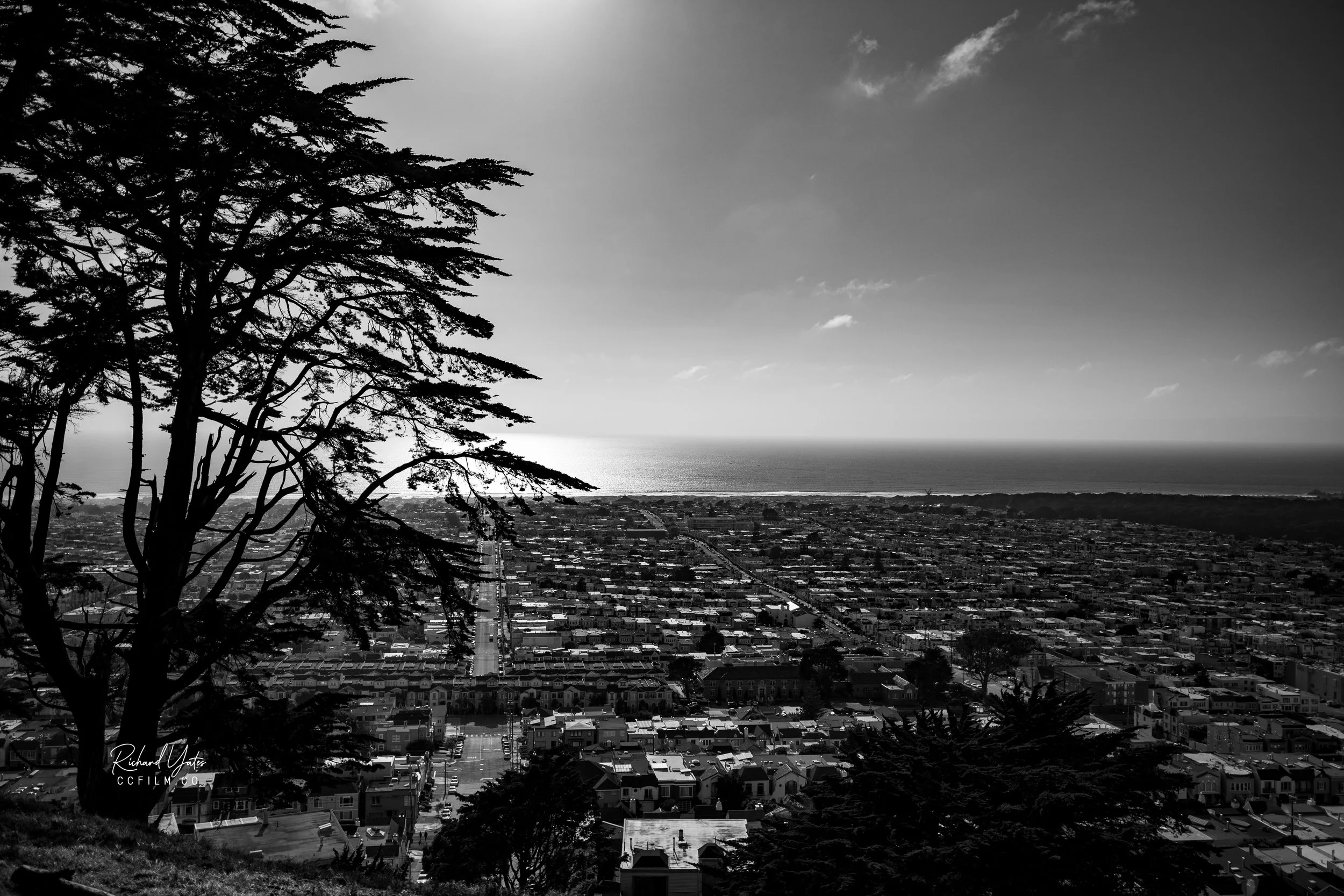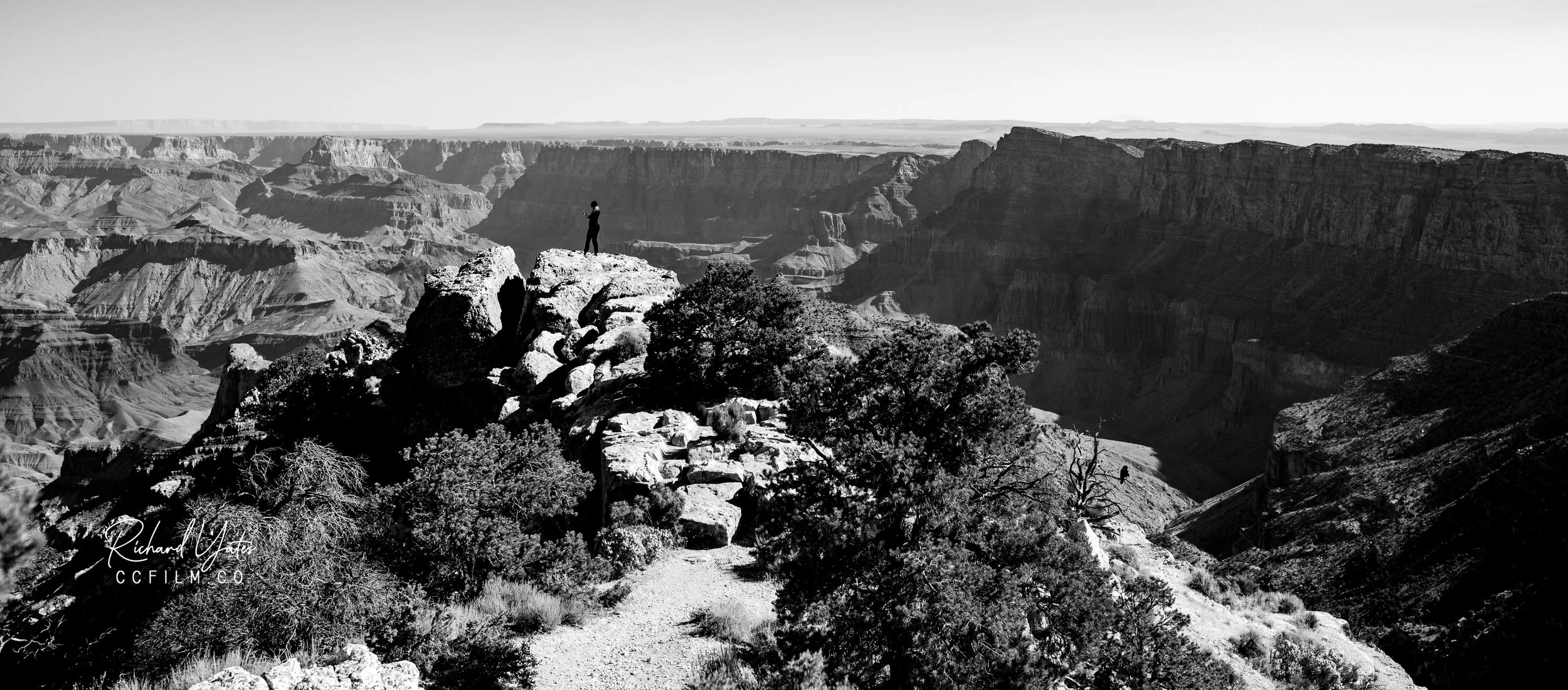
At Capture Culture Films, our philosophy is rooted in a profound respect for authenticity and a deep commitment to storytelling that honors diverse experiences. We believe that the most powerful images are those that reveal truth about individuals, communities, and cultures and that genuine storytelling has the power to foster empathy and understanding.

We approach every project with curiosity and open-mindedness, seeking out the moments that often go unnoticed but carry the weight of real-life experiences. Whether capturing a cultural festival, a moment of perseverance on the field, or an intimate personal story, our goal is to visualize the emotional depth and human essence behind each scene.
We see photography as a tool for revealing stories often hidden beneath the surface stories of resilience, pride, struggle, and celebration. Our approach is unobtrusive; we observe, listen, and wait for authentic moments to unfold naturally, understanding that true stories happen in unguarded, genuine interactions.
Honoring cultural diversity is fundamental to our work. We recognize that every culture has its own unique expressions, traditions, and stories worth telling. We aim to do more than capture pictures, we seek to understand the deeper narrative behind the images, representing cultures of all backgrounds with respect, sensitivity, and authenticity.
Our creative process involves more than just taking pictures: it’s about crafting a visual language that can bridge differences and create emotional connections. We believe images can challenge stereotypes, highlight shared humanity, and inspire others to appreciate the beauty, complexity, and resilience found in every story.

What Documentary Photography Truly Means to Capture Culture Films
Documentary photography is more than just taking pictures; it is a powerful and intentional form of storytelling that seeks to reveal the authentic essence of cultures, communities, and individuals. It involves a commitment to capturing real-life moments with honesty, respect, and sensitivity, often in environments that are unposed, spontaneous, and natural.

At its core, documentary photography aims to:
Preserve Cultural Narratives: It documents traditions, rituals, everyday life, and significant moments that define a community’s identity. These images become visual records that preserve cultural heritage and history for future generations.
Challenge Stereotypes: By showcasing genuine, unfiltered portrayals of people and their environments, documentary photography helps break down misconceptions and stereotypical views. It encourages viewers to see cultures through the lens of authenticity and complexity.
Create Empathy and Understanding: Through intimate and honest images, documentary photography bridges gaps between diverse backgrounds. It fosters empathy by allowing viewers to connect emotionally with stories that might be distant or unfamiliar.
Highlight Social and Cultural Resilience: Many cultures face challenges be it social, political, or environmental. Documentary photography captures moments of resilience, pride, and perseverance, shining a light on the strength and vibrancy of these cultures.
Act as a Voice for the Voiceless: In many cases, documentary photographers act as advocates, amplifying stories and experiences that might otherwise go unnoticed or unheard. It’s about representing marginalized or underrepresented communities with dignity and respect.
Encourage Reflection and Dialogue: These images provoke thought and conversation about cultural diversity, human rights, and social issues, inspiring viewers to reflect on their own perspectives and biases.
